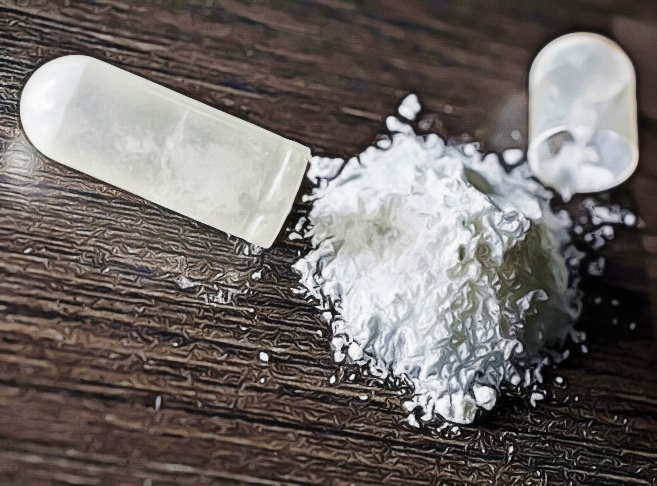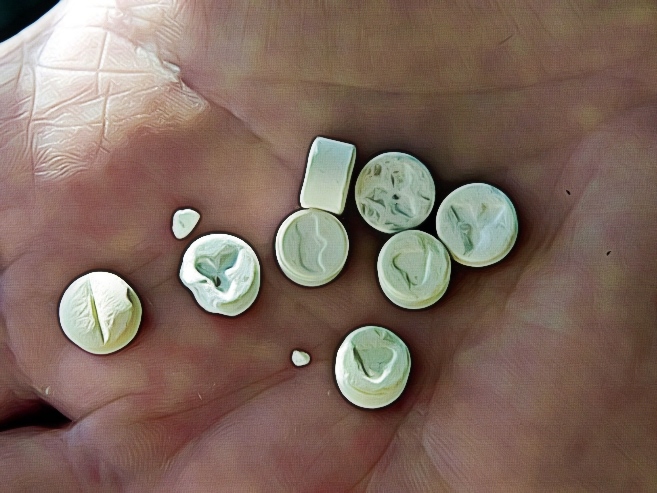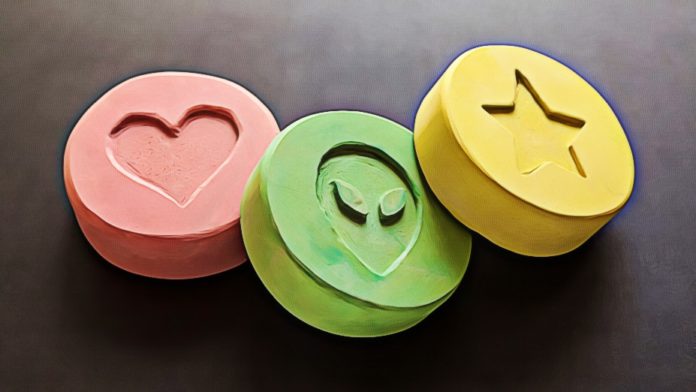Suffering from drug abuse disorder is a serious threat to a person’s well-being. This is why it’s necessary to treat people with this condition and give them access to rehab facilities to guide them toward recovery. Unfortunately, there’s no universal method of curing patients with harmful substances in their system.
Different drugs will have varying effects, withdrawal symptoms, and recovery times for a recovering patient. Depending on what you take and how long it’s been in your system, you will face difficulties that can be overwhelming to handle without having prior knowledge about it. In this article, we’ll discuss an overview of MDMA and what your healing process will be like.
What is MDMA?
Not all addictive drugs are found in pharmacy stores through high doses of prescription medication. Some people who suffer from drug abuse disorder prefer using substances that are harder to track and purchase. One of the many synthetic products that people buy, trade, and develop is MDMA, commonly known as ecstasy. 3,4-methylenedioxymethamphetamine (MDMA), or ecstasy, is a synthetic drug that induces hallucinogenic and stimulant effects to the user.
Unlike other recreational drugs that come from processing plants, ecstasy is developed through chemical synthesis. By altering the molecular structure of amphetamine, a chemist can create variations of its purity. This also makes it possible to produce different products containing other additives, such as ketamine, caffeine, ephedrine, and more.
How long do MDMA’s effects last?
Taking MDMA can result in physical and psychological effects. Since it’s a stimulant, people use it recreationally to activate their hormones to develop a high and energized feeling.
It can make you feel confident and overly affectionate to other people. This also includes an increase in blood pressure and body temperature. Although it can be an exhilarating high that can be positive, it still has its downsides. Instead of giving you a euphoric high, you can feel increasingly anxious or paranoid about your surroundings. You may also have auditory or visual hallucinations together with seizures and convulsions.

After you take MDMA into your system, its effects will start within an hour and last for 3 to 6 hours. There are cases where a person can experience prolonged effects of up to 32 hours. MDMA’s half-life is around 8 to 9 hours after intake. Although it’s not among the five drugs tested by employers, it will still show up on drug tests.
How long does it stay in your system?
Since MDMA isn’t manufactured with standard dosages, its strength and ingredients can vary. It can be detectable in a person’s body from one to 90 days. Even then, the detection period will vary depending on the test and a person’s biological makeup.
When people ingest MDMA through the mouth, it can reach maximum blood concentration within 2 hours. In this scenario, blood tests can detect MDMA for a day or two. On the other hand, MDMA can also be detectable through urine tests, from 2 to 4 days. However, the presence of MDMA can linger for months in a person’s hair follicles.
Because there’s no set dosage for MDMA products, the detection period will vary from person to person. Frequency of use is among the most important factors for detection time. One-time users will generally have a much shorter detection time than people who abuse it regularly.
Another crucial determinant of drug detection is body type and metabolism. Drugs and their metabolites tend to remain in fatty tissues, so a person with a slower metabolism and higher Body Mass Index (BMI) can have a lower detection time. Alternatively, people who are more fit with higher metabolic rates will result in a slower detection window for drugs in general.
Is pure MDMA different from Molly or Ecstasy?
MDMA differs in different forms, primarily in what medium a person decides to take it into their body. On its own, MDMA is a synthesized powder or crystal with an off-white hue. What people commonly refer to as Ecstasy is MDMA in tablet form, usually imprinted with a design to separate it from other narcotics in pill form. Since MDMA doesn’t bind well in a solid with itself, it usually needs other active ingredients to maintain its shape.
In powder form, the common term for ecstasy is Molly, or “molecular.” since it’s in the form of ground powder, it’s much easier to combine with other addictive substances, such as synthetic cathinone. Besides being sold in powder form, some sellers also label its crystalline form as Molly.
Since MDMA can provide similar effects to cocaine and amphetamines, people assume that it’s a safer alternative. There’s a common myth that pure MDMA, without any additives of other addictive substances, is safe to take with a better guarantee for positive effects. However, even in pure form, MDMA can still cause physical symptoms such as nausea, blurred vision, and chills. In high doses, MDMA’s changes to your body temperature can cause a risky development of hypothermia, resulting in kidney or liver failure. It’s a severe condition that can lead to death if emergency response teams don’t attend to you immediately.
What are the withdrawal symptoms?
Ecstasy tampers with a person’s dopamine, serotonin, and norepinephrine levels to induce a euphoric high. A person with substance abuse disorder takes the drug regularly to maintain these high hormone levels. Developing a dependence on chronic ecstasy use disrupts a person’s ability to produce and transmit these hormones. This puts a person at risk of life-threatening serotonin syndrome. Once a substance abuser stops taking the drug, they’ll experience withdrawal symptoms that are more psychological than physical in nature.
Weight loss and anorexia are some of the long-term effects of quitting ecstasy. The developing loss of appetite can create nutritional deficiency that will lead to weaker immune systems. Although the physical dangers of ecstasy’s withdrawal symptoms seem inconsequential, the psychological toll your body will take is much more alarming.

A person may experience unexplainable periods of fatigue, depression, and anxiety. They may also develop a decreased interest in sex coupled with hostile behavior and other mood swings. A person can undergo mental confusion, causing them to have lapses in memory, lack of motor control, hallucinations, and different levels of psychosis.
How long will withdrawal and recovery from MDMA take?
The withdrawal symptoms start as soon as 12 hours after the last dosage and can peak in a matter of days. Some of the withdrawal symptoms can persist for weeks or months, which is why it’s necessary to undergo medical detox as a safe method of withdrawal.
Through medical detox, a person needs to be in a safe environment to be monitored and assessed for the physical and psychological symptoms they will develop. Although ecstasy withdrawal isn’t physically life-threatening, its long-term neurological effects can be permanent if unattended properly.
Currently, there is no specific medication to remedy ecstasy dependence or withdrawal. However, several pharmacological tools can manage the symptoms, such as insomnia, depression, and anxiety.
Conclusion
Going through a detox program generally lasts 5-7 days. However, you will need further treatment afterward to help you cope with ecstasy’s neurological damage. When looking for a viable drug rehab facility, it’s best to see what other programs the facility has to address your potential needs for a comprehensive addiction treatment program.
Source:
https://www.drugabuse.gov/publications/drugfacts/mdma-ecstasymolly
https://www.dea.gov/factsheets/ecstasy-or-mdma-also-known-molly
















